Scaramouche (1952)
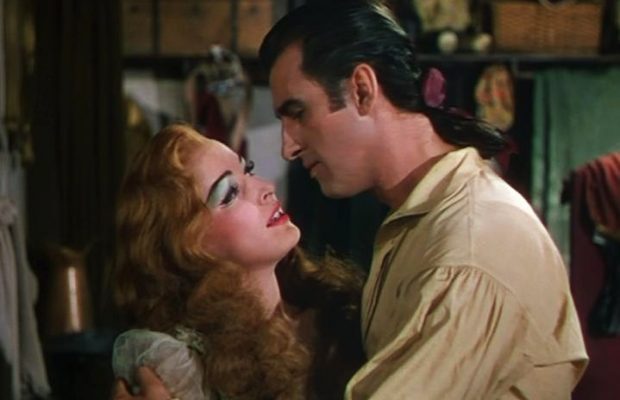
Toronto Film Society presented Scaramouche (1952) on Sunday, January 11, 1987 in a double bill with The Exile as part of the Season 39 Sunday Afternoon Film Buffs Series “A”, Programme 6.
Production Company: M-G-M. Producer: Casey Wilson. Director: George Sidney. Screenplay: Ronald Millar and George Froeschel, based on the novel by Rafael Sabatini. Photography: Charles Rosher. Colour: Technicolor. Editor: James E. Newcom. Art Directors: Cedric Gibbons and Hans Peters. Set Decorators: Edwin P. Willis and Richard Pefferie. Costumes: Gile Steele. Music: Victor Young.
Cast: Stewart Granger (Andre Moreau), Eleanor Parker (Lenore), Janet Leigh (Aline de Gavrillac), Mel Ferrer (Noel, Marquis de Maynew), Henry Wilcoxon (Chevalier de Chabrillaine), Nina Foch (Marie Antoinette), Richard Anderson (Philippe de Valmorin), Robert Coote (Gaston Binet), Lewis Stone (Georges de Valmorin), Elizabeth Risdon (Isabelle de Valmorin), Howard Freeman (Michel Vanneau), Curtis Cooksey (Fabian), John Litel (Dr. Dubuque), John Dehner (Doutreval), Jonathan Cott (Sergeant), Dan Foster (Pierrot), Richard Hale (Periogore), Owen McGiveney (Punchinello), Hope Landin (Mme. Frying Pan).
“He was born with the gift of laughter and a sense that the world was mad.” The opening lines of Rafael Sabatini’s novel Scaramouche are quoted by Tony Thomas in his book titled The Great Adventure Films. He goes on to say Scaramouche (is) a delightful novel about the adventures of a dashing nobleman in the years of the French Revolution. Its theatrical qualities were so obvious that MGM purchaed the screen rights soon after the book was published in 1921. Two years later the public flocked to see the spectacular movie version, with young Ramon Novarro as the hero and Lewis Stone as the villain. Thirty years later another generation lined up to see Stewart Granger and Mel Ferrer swashbuckling their way through the merry saga, with Lewis Stone playing a minor role. The 1923 picture is closer to the book and shows more of the revolution–in 1952 it was just talked about.
“Raphael Sabatini’s contribution to the art of writing historical fiction is enormous. Sabatini (1875-1950) was born in Italy of an Italian father and an English mother, and took up residence in England as a young man. He was educated to be a businessman but his fascination with history and his ability to write soon led him away from the world of stocks and bonds, and into the imagery of knights, cavaliers and pirates. His first success was The Tavern Knight in 19904 and with The Sea Hawk in 1915 there was no doubt that Sabatini had found his niche in life. The success enabled him to delve even deeper into historical studies to turn out romantic fiction, which was the only kind of writing that interested him. Scaramouche became a best seller and he followed it with Captain Blood, filmed in 1924 with Milton Sills and in 1935 with Errol Flynn. His 1933 The Black Swan was the basis of Tyrone Power’s swashbuckler of that name in 1942 and in 1950 Louis Hayward starred in The Fortunes of Captain Blood, which Sabatini wrote in 1936. Aside from these Hollywood productions there have also been European filmings of his work, such as the French Adventures of Scaramouche in 1964. All in all, the movies have done well with the imagination of Rafael Sabatini.”
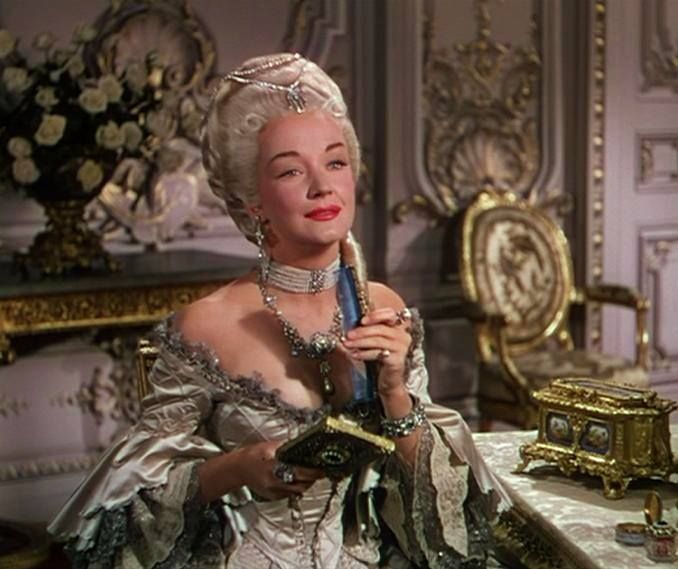
Commenting on tonight’s second feature, Variety, in its May 14th, 1952 review, had this to say: “Metro’s up-to-date version of Scaramouche bears only the most rudimentary resemblance to the 1923 hit or to the Rafael Sabatini novel on which they both are based. Pic never seems to be quite certain whether it is a costume adventure drama or a satire on a costume adventure drama. …The muted, natural Technicolor is superb. …But the kidding of the theme–and director George Sidney and writers Ronald Millar and George Froeschel must be kidding–is confusing. It’s made more so by the fast cutting to maintain action. …The highly-complex Sabatini plot has been greatly simplified for present purposes. It finds the French Revolution all but eliminated from the story, because of the inevitable Red Analogy were the hero allowed to spout the 1789 theme of “Liberty, Equality, Fraternity.”… Miss Parker takes the major share of honors on both appearance and performance, although Ferrer, too, is convincing. Granger is handsome enough… He’s a busy kid with that sword when he’s not making like a clown, galloping his horse, jumping over balconies, swinging on ropes or bouncing over furniture a la Douglas Fairbanks. Miss Leigh is just an ingenue and not much more can be said.” (She plays the part Alice Terry had in the original.)
However, Bosley Crowther, reviewing the film for the New York Times on May 9, 1952 differed: “Whoever saw this gaudy story when it was filmed back in 1923, with Ramon Novarro playing the hero in elaborate pantomime, should find this version an improvement, in manner as well as technique. More than just sound and Technicolor are manifestations of advance–more than just fancier costumes and much more resplendent decor. A cheekier attitude toward romance and a great deal more play with the sword are in this latter day whip-up, and these are the things that make it fun. One can almost sense that Carey Wilson, who produced, and Ronald Millar and George Froeschel, who wrote the script, decided right off that they weren’t playing in the same league with historians. Whatever solemn intimations of the French Revolution may have been in the original Sabatini story were cheerfully simplified by them. Now they have just a spirited hero enlisted in the cause of liberté, egalite et fraternité, not to mention love, lined up against a high-handed Bourbon (Ferrer) who is 120 proof with a sword.”
Notes by Barry Chapman

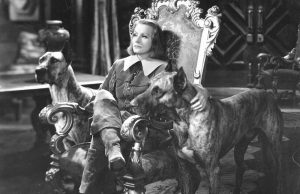
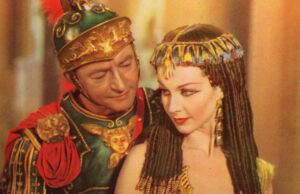
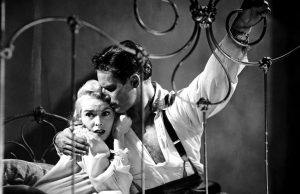






Leave a Reply